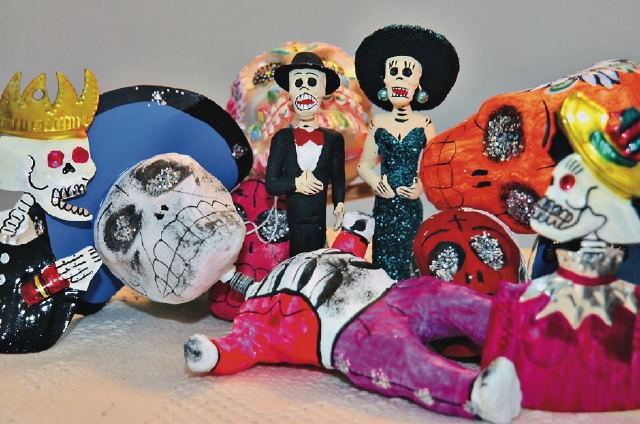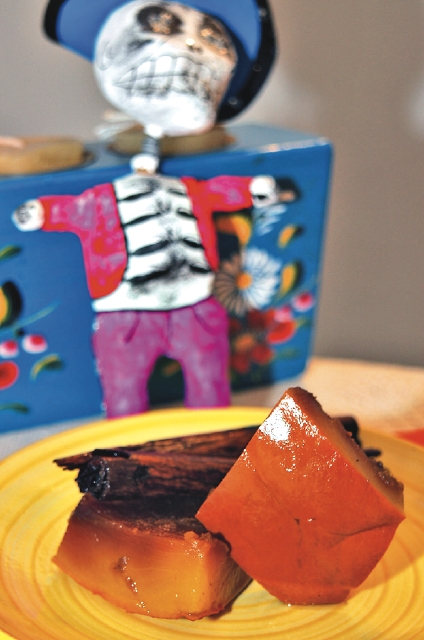Dìa De Dulce
Treat Yourself And The Dearly Departed For Dìa De Los Muertos


Remember your tio with his favorite flan.
Wes Naman

Wes Naman

Candied pumpkin is soft, smooth and sweet. Just like you.
Wes Naman








